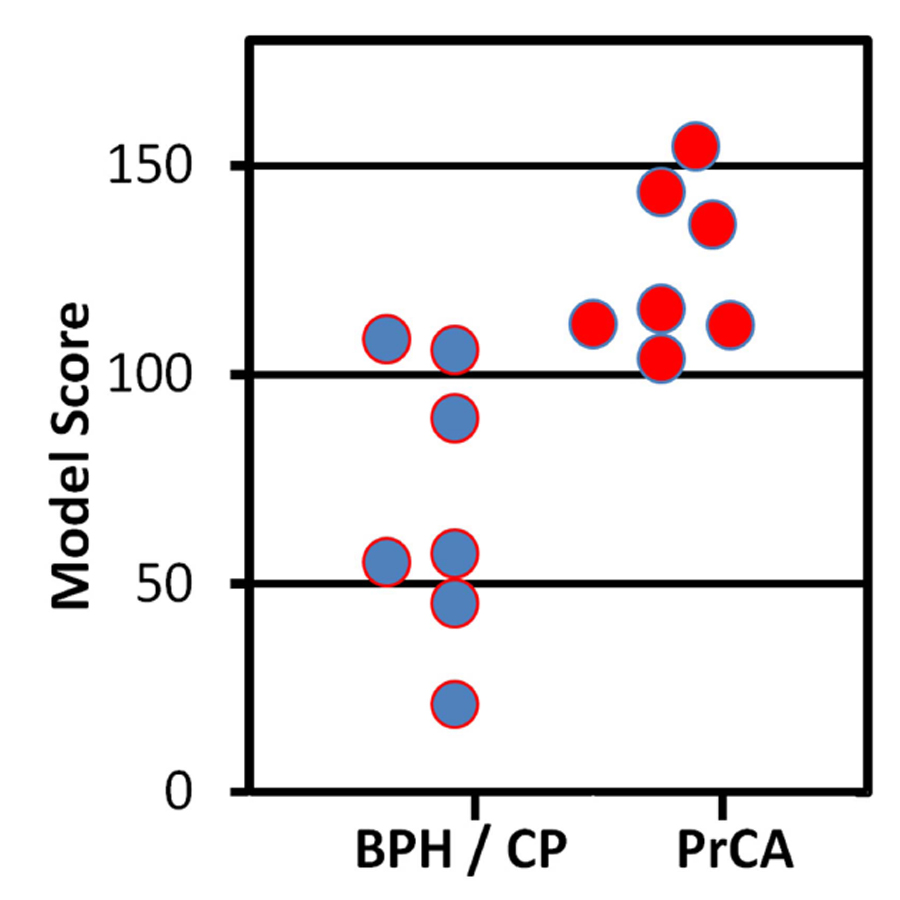|
|
 |
Back to Annual Meeting Program
Towards Reducing the Number of Prostate Biopsies - Biomarkers to Identify Patients with Benign Causes of Elevated PSA Levels
Agnes Bergerat, PhD1, Yi-Chien Chang, MS2, Mark Katz, MD1, David Wang, MD1, Simon Kasif, PhD2, Richard Babayan, MD1, Martin Steffen, MD, PhD1.
1Boston University School of Medicine, Boston, MA, USA, 2Boston University, Boston, MA, USA.
BACKGROUND: The PSA test is can be sensitive for prostate cancer, but it lacks specificity, as roughly two-thirds of elevated PSA findings are associated with benign prostatic disease. This leads to a large number of unnecessary prostate gland biopsies, at considerable cost. We are attempting to identify biomarkers that can be utilized to identify those patients with benign causes of elevated PSA levels, as part of an effort to reduce the number of biopsies performed on this patient class. For biomarker discovery, we hypothesized that the activation status of circulating leukocytes will be significantly different in the two cases of benign and malignant prostatic disease. We therefore chose to perform proteomic analyses of circulating CD4+ T-lymphocytes in patients with elevated PSA. This choice retains the practical benefit associated with blood tests, while avoiding issues associated with serum proteomics.
METHODS: For this pilot study, samples from 14 patients were used: 7 patients with prostate cancer (mean PSA: 7.6 ng/ml, mean age: 63.3) and 7 patients with benign inflammatory prostate disease (mean PSA: 7.3 ng/ml, mean age: 60.6). Proteins were identified using a Thermo Scientific LTQ Orbitrap XL with a peptide FDR of 0.05. Progenesis LC-MS software was used to perform label free quantitation of observed peptides.
RESULTS: In total, 984 proteins were observed in all samples. Due to significant noise in peak quantitation, we focused on proteins identified by at least four peptides for which quantitated levels of the individual peptides were correlated. We performed a logistic regression analysis using leave-one-out cross-validation with the software package WEKA. The analysis produced a model with nonzero coefficients for 13 proteins, and correctly classifies 11 of the 14 samples. However, the primary goal is to identify cases in which the elevated PSA is not a result of cancer, and which, when paired with a low index of suspicion of cancer, might lead to sparing those patients the biopsy procedure. We observed that five of seven patients with benign prostatic disease have model scores lower than all seven of the cancer samples.
CONCLUSIONS: The results suggest that one could eliminate roughly half of the biopsies performed on patients with benign prostatic disease. A larger follow-up study is required.

Back to Annual Meeting Program
|